Vitamin D is often called the "sunshine vitamin" because our bodies produce it naturally when exposed to sunlight. However, for many people—especially those living in northern climates or spending most of their time indoors—getting enough sunlight exposure to maintain healthy vitamin D levels can be a challenge. This is where a vitamin D light therapy lamp comes into play. These innovative devices offer a practical solution to boost vitamin D production, improve mood, and support overall health, especially during the darker fall and winter months. In this article, we’ll explore how a UV lamp can help address a vitamin D deficiency, diving into the science, benefits, and practical tips for use—all while keeping things engaging and easy to understand.
The Role of Vitamin D and Why It Matters
Vitamin D is essential for bone health, immune function, and even mental well-being. It helps the body absorb calcium, preventing conditions like rickets in children or osteoporosis in adults. Beyond bones, sufficient vitamin D is linked to a lower risk of chronic diseases and plays a role in regulating serotonin, a neurotransmitter that can lift mood and combat seasonal depression. Unfortunately, during the winter months, when sunlight is scarce, many people experience a drop in vitamin D levels, leading to fatigue, low energy, or even seasonal affective disorder (SAD).
So, how do you get vitamin D when the sun isn’t cooperating? While vitamin D supplementation is one option, another effective treatment involves using a lamp that emits ultraviolet (UV) light to mimic natural sunlight. This process, often called light therapy, taps into the body’s ability to make vitamin D when exposed to specific wavelengths of light.
How Does a UV Lamp Work for Vitamin D?
The magic happens with UVB light, a type of ultraviolet light that penetrates the skin and triggers vitamin D3 synthesis. When you sit in front of a UVB-emitting lamp, your skin absorbs this light, converting a compound called 7-dehydrocholesterol into previtamin D3, which then becomes vitamin D3—the active form your body uses. This is the same process that occurs under natural sunlight, but a UV lamp brings it indoors for convenient home use.
Not all lamps are created equal, though. Some therapy lamps focus solely on bright light to boost mood and regulate sleep patterns, often marketed as SAD lamps or light boxes with 10,000 lux sun lamp therapy light. These typically emit white light or full-spectrum light without UV, making them UV-free and safe for extended use. However, to produce vitamin D, you need a lamp that emits controlled amounts of UVB radiation—often called a sun lamp or vitamin D light therapy lamp. These devices are designed to balance efficacy with safety, avoiding excessive UV exposure that could increase the risk of skin cancer.
The Benefits of Vitamin D Light Therapy
Using a vitamin D light therapy lamp offers a range of benefits beyond just addressing a deficiency. For starters, it’s a natural way to get vitamin D without relying solely on pills. Imagine sitting in front of a small sun lamp on a dreary winter day, feeling your energy rise as the light mimics natural sunlight—it’s like bringing a slice of summer into your home. This sun lamp therapy can also help with seasonal affective disorder, a type of depression tied to reduced daylight in the fall and winter.
Light therapy lamps that emit UVB can also support melatonin regulation, improving sleep patterns for those thrown off by shorter days. Plus, the interaction of UV with your skin doesn’t just produce vitamin D—it can subtly enhance serotonin levels, helping to lift mood and combat the winter blues. For people with bipolar disorder or other mood conditions, bright light therapy lamps (even UV-free ones) are sometimes recommended, though UVB options should be used cautiously and under medical guidance.
Choosing the Right Lamp for Therapy
When shopping for a lamp to address vitamin D deficiency, look for a lamp that specifies UVB output. Some lamps provide adjustable brightness or color temperatures, letting you customize the experience. A light therapy box with a countdown timer can help you manage exposure time, ensuring you don’t overdo it. Avoid lamps marketed solely as “bright light” or “UV-free LED therapy lamps” if your goal is vitamin D production—those are better suited for boosting mood without UV.
Safety is key. Too much UV light can harm your skin or eyes, so protect the eyes with proper goggles if recommended, and follow the device’s guidelines. A well-designed UV lamp for home use will emit a controlled wavelength of UVB—typically around 290-315 nanometers—striking a balance between efficacy and minimizing risks like skin cancer.
How to Use a UV Lamp Effectively
Using a vitamin D light therapy lamp is simple but requires consistency. Place the device at home in a spot where you can sit comfortably, exposing your arms, legs, or back to the light for a set time—often 10-30 minutes, depending on the lamp’s strength and your skin type. Unlike a light box for SAD, which you face directly, a UVB lamp works best when the light hits your skin, not your eyes.
Start with short sessions and monitor how your body responds. Over time, this treatment of vitamin D deficiency can help maintain sufficient vitamin D levels, especially during the winter months when sunlight exposure is limited. Pair it with a healthy diet rich in vitamin D sources—like fatty fish or fortified foods—for the best results.
Beyond Vitamin D: A Holistic Boost
While the primary goal of a UV lamp is to make vitamin D, the benefits ripple outward. Users often report feeling more energized, as the light sunlight mimics natural daylight. For those battling seasonal affective disorder or the winter blues, therapy lamps provide a dual-purpose solution—addressing both vitamin D production and mood. Even a UV-free 10,000 lux sun lamp can complement UVB therapy by offering adjustable brightness levels to enhance your daily routine.
Think of it as a mini-vacation for your body and mind. You’re not just sitting under a lamp—you’re soaking in a controlled dose of sunshine, recharging your system, and shaking off the gloom of shorter days. It’s a small investment in your well-being that pays off in stronger bones, better sleep, and a brighter outlook.
Potential Risks and Considerations
While UV lamps help with vitamin D, they’re not without caveats. Overexposure to UVB can increase skin cancer risk, so moderation is crucial. People with sensitive skin or a history of melanoma should consult a doctor before starting phototherapy. For those wary of UV, a UV-free light therapy lamp might be a safer bet for mood benefits, though it won’t address vitamin D needs.
It’s also worth noting that not every case series backs UV lamps as a cure-all. They’re most effective for those with confirmed deficiencies or limited sunlight access. If your vitamin D levels are already optimal, extra exposure won’t necessarily supercharge your health—and too much vitamin D can even be harmful.
Final Thoughts: Shining a Light on Your Health
A vitamin D light therapy lamp can be a game-changer for anyone struggling to get vitamin D during darker seasons. By harnessing the power of UVB light, these lamps offer a practical, at-home solution to mimic sunlight and produce vitamin D naturally. Whether you’re fighting fatigue, seasonal depression, or simply the winter blues, this type of light therapy brings a ray of hope—literally.
An inexpensive, compact and effective LED facial massage tool for face and neck is available now in our store.
So, next time you’re feeling sluggish on a cloudy day, consider a sunlamp or UV lamp. With the right device, a few minutes of light may be all it takes to recharge your body, boost mood, and keep your vitamin D levels in check. It’s not just a lamp—it’s a lifeline to brighter, healthier days.


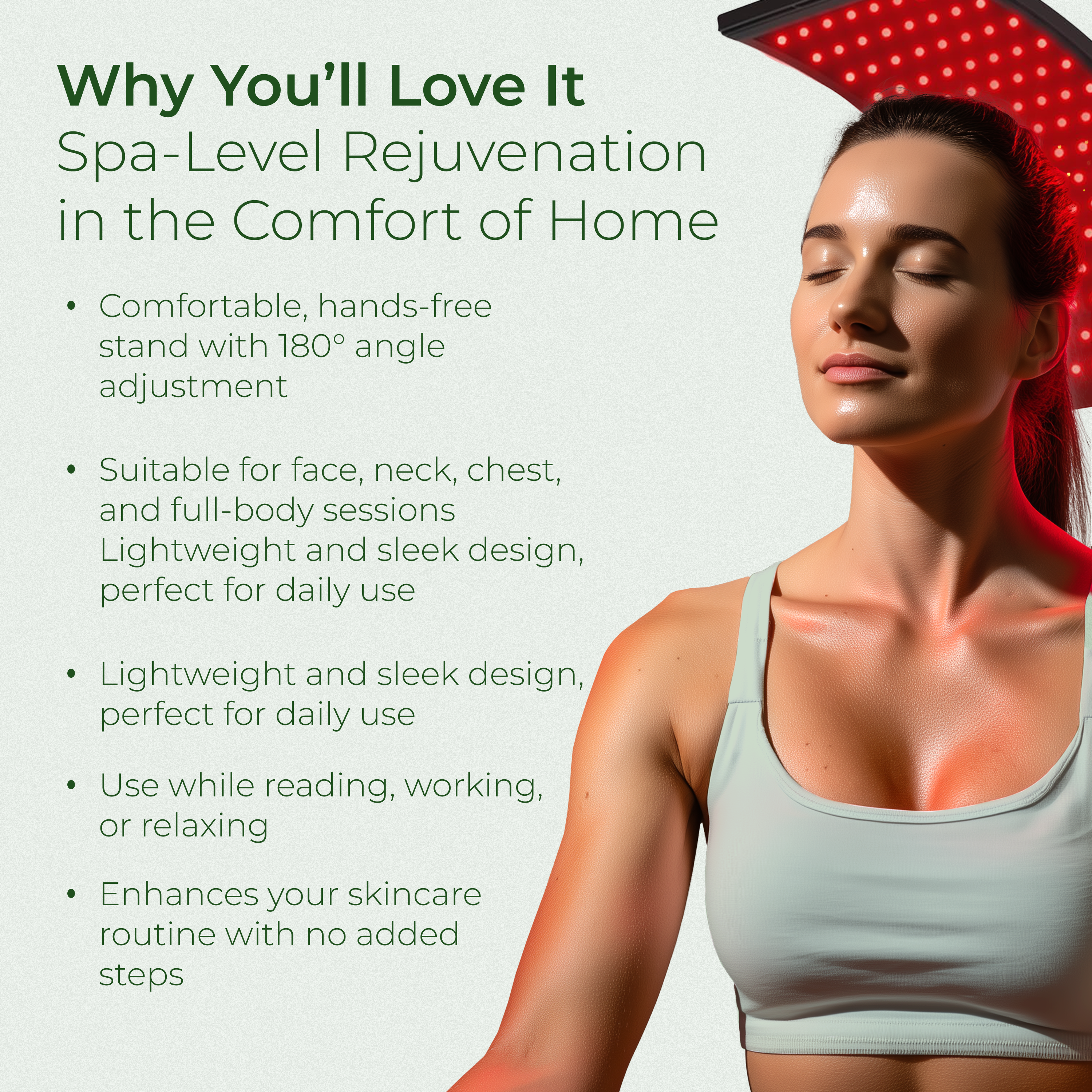
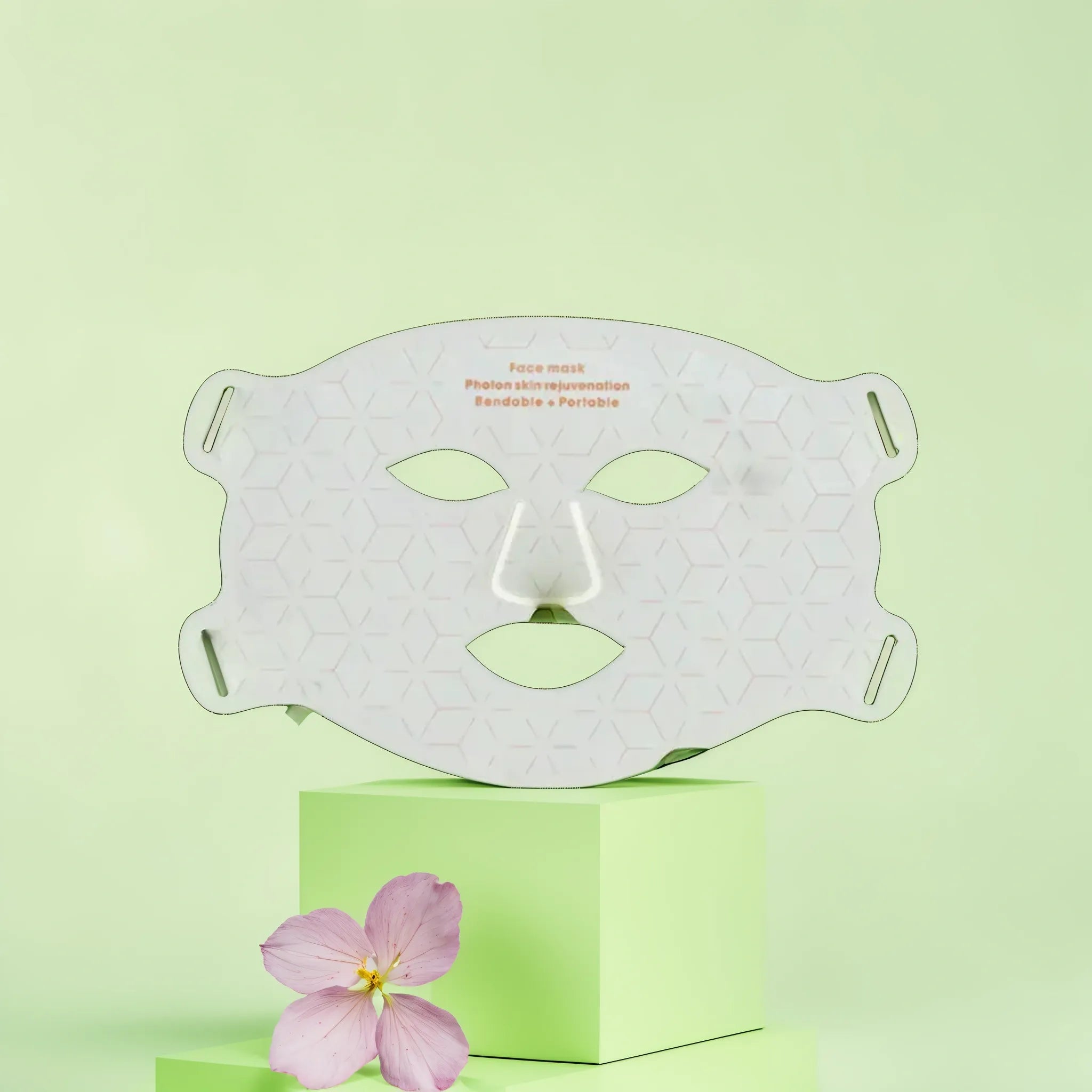



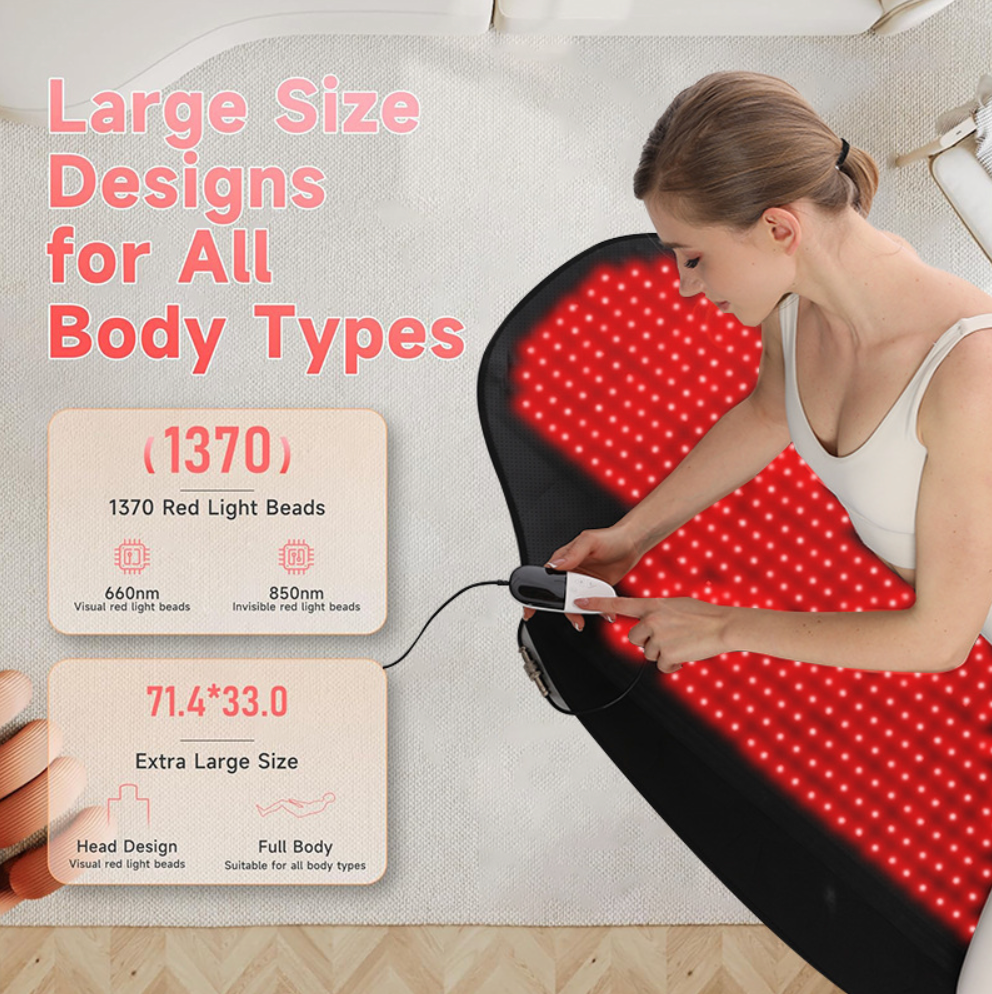
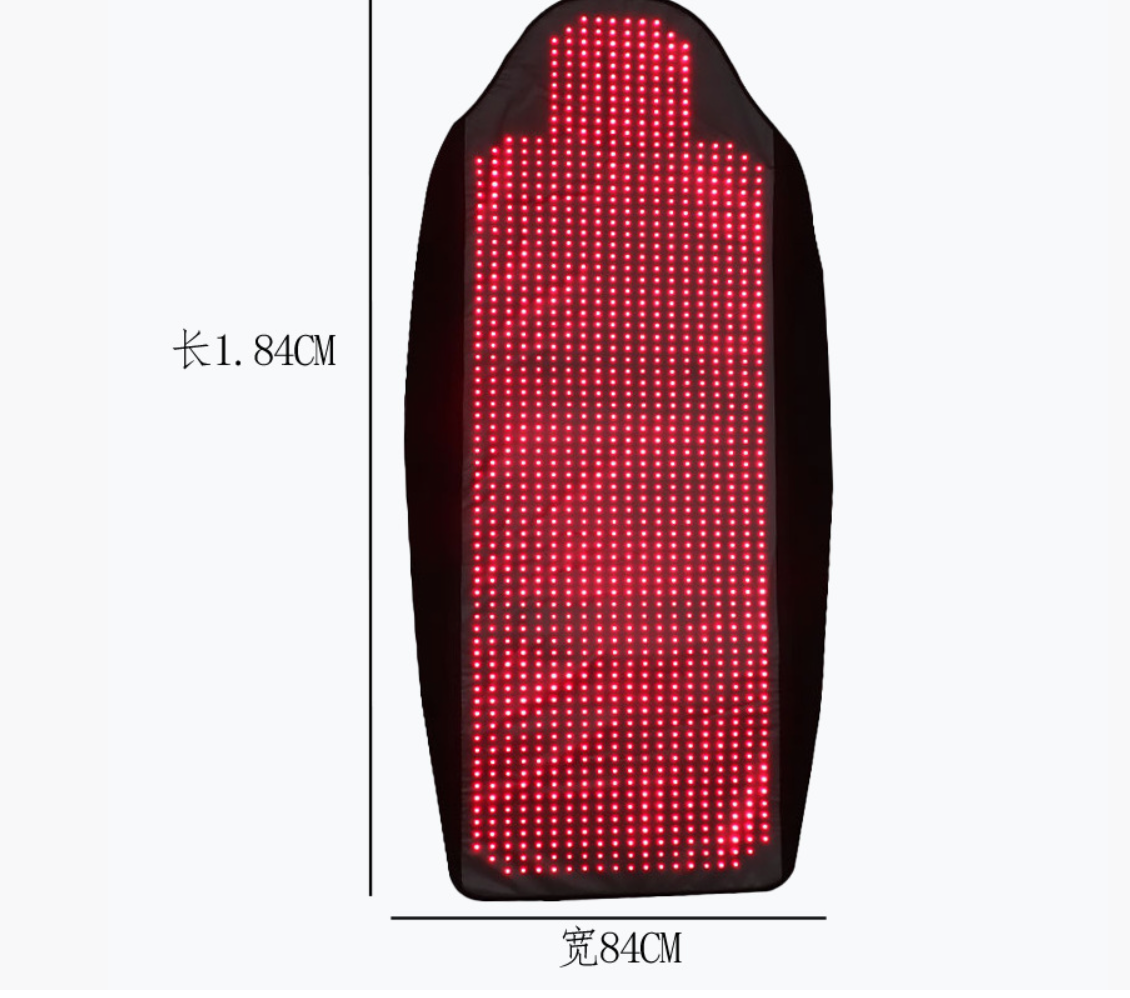
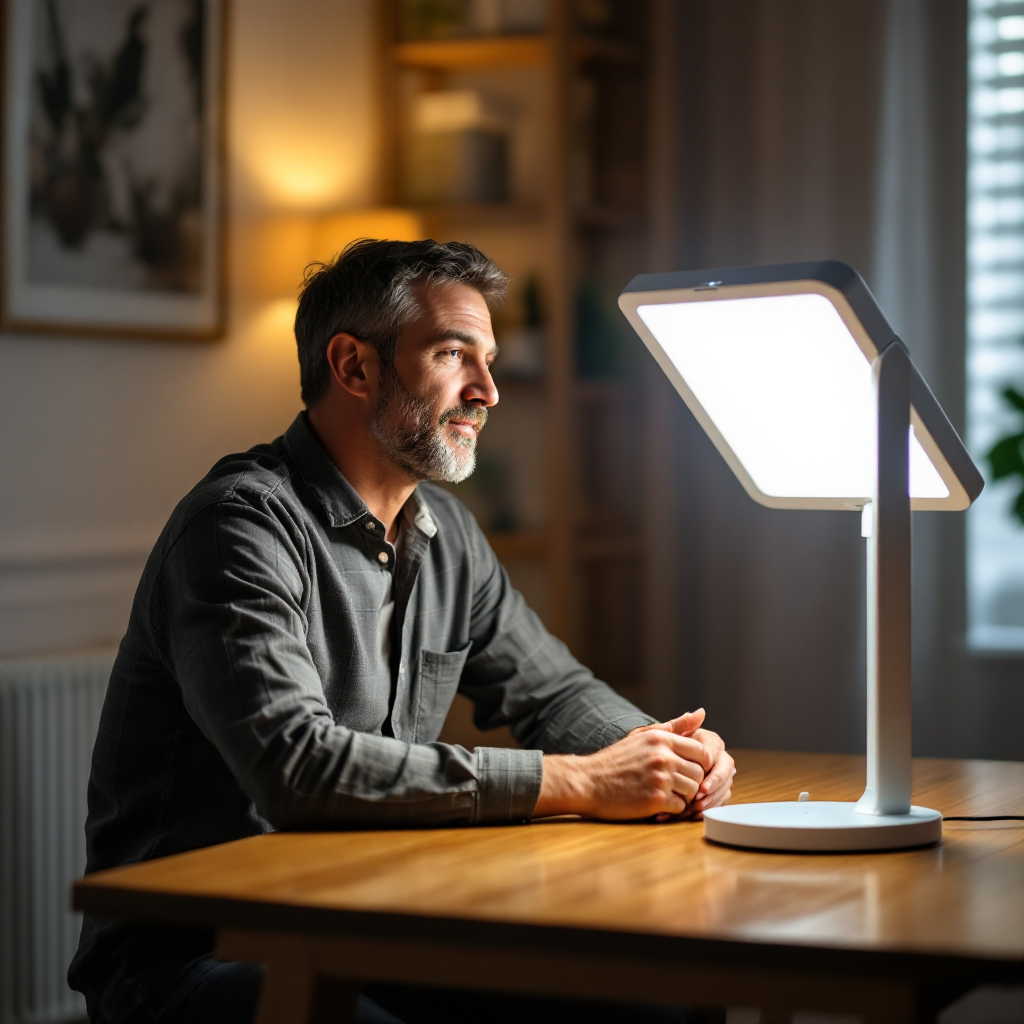
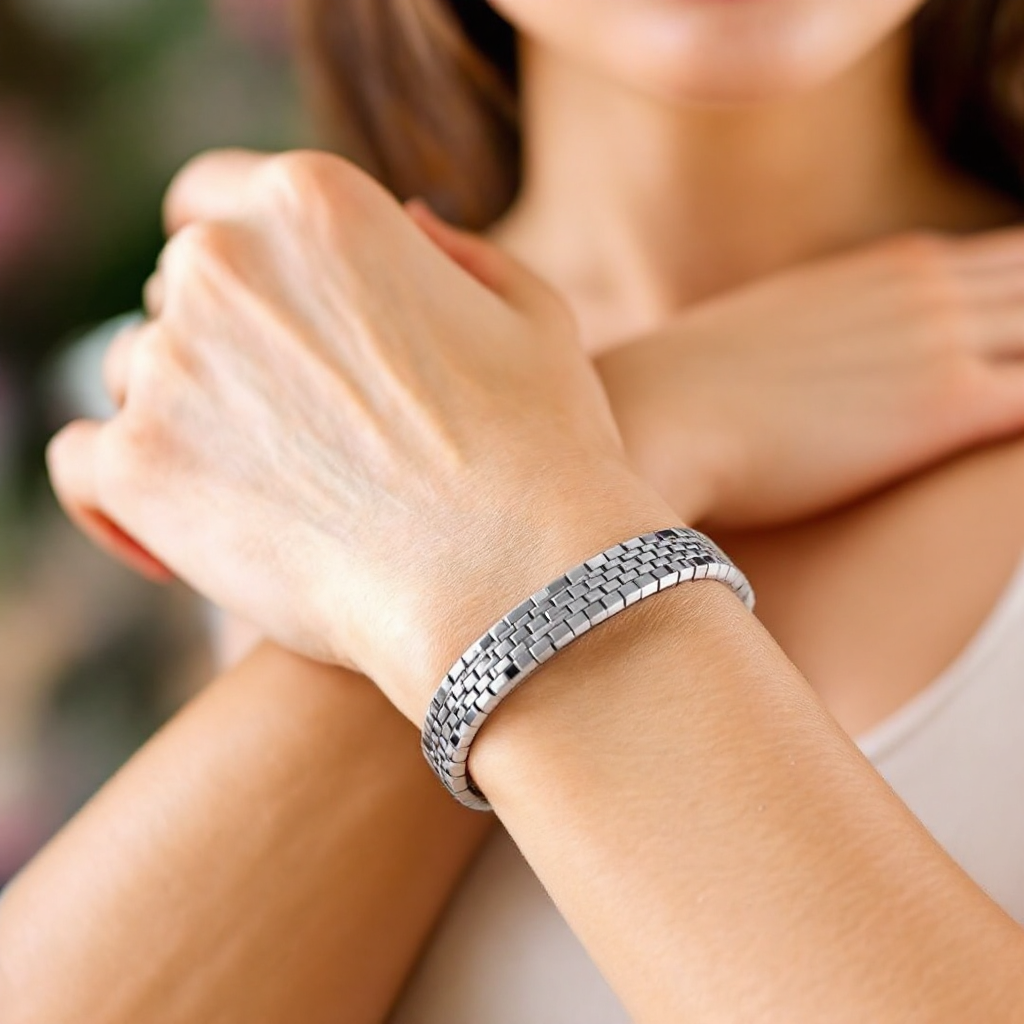
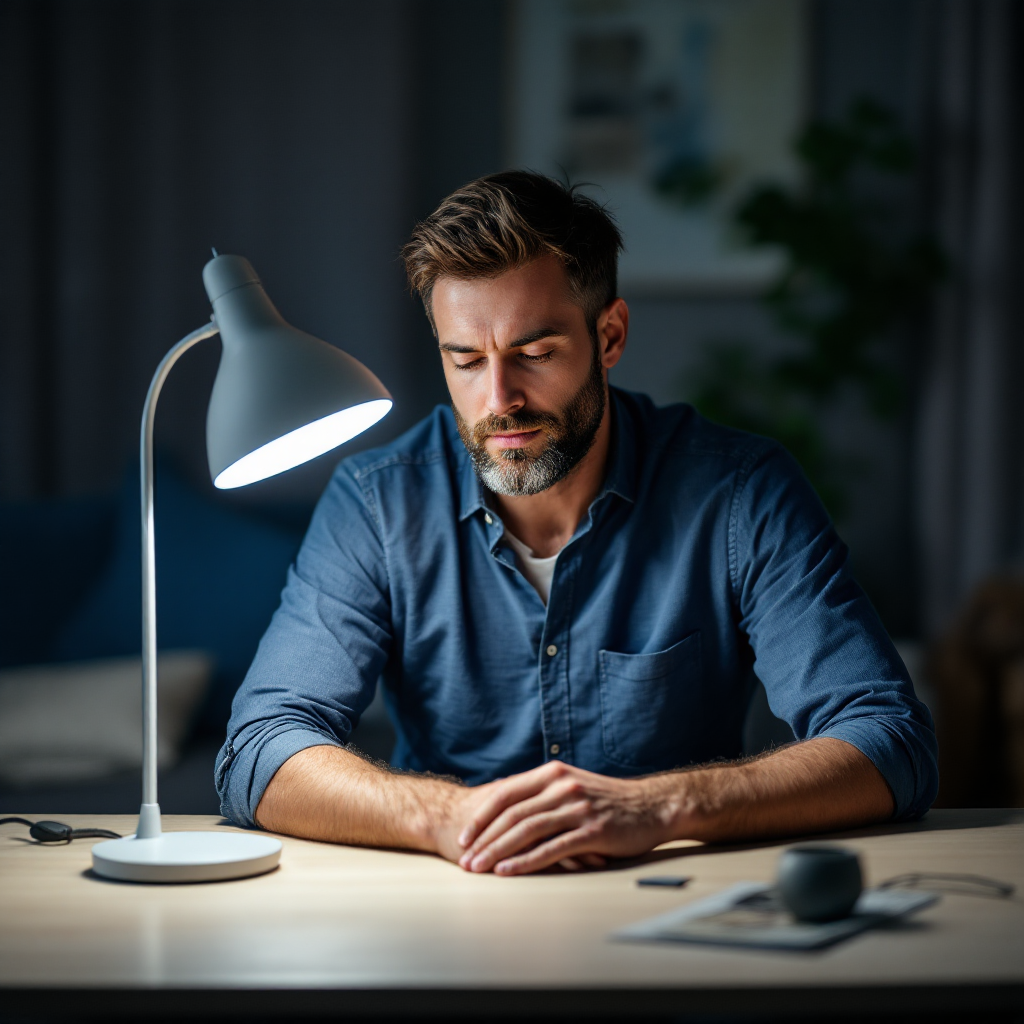
Deixe um comentário
Este site está protegido pela Política de privacidade da hCaptcha e da hCaptcha e aplicam-se os Termos de serviço das mesmas.